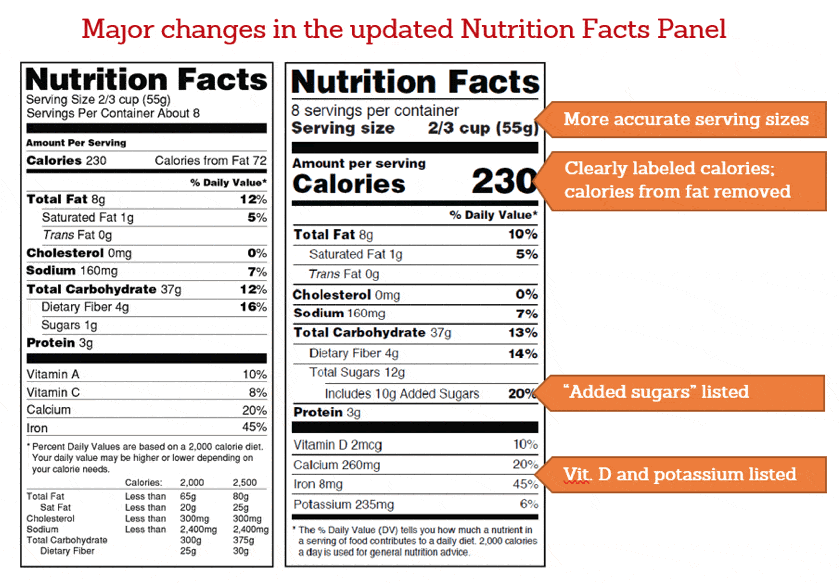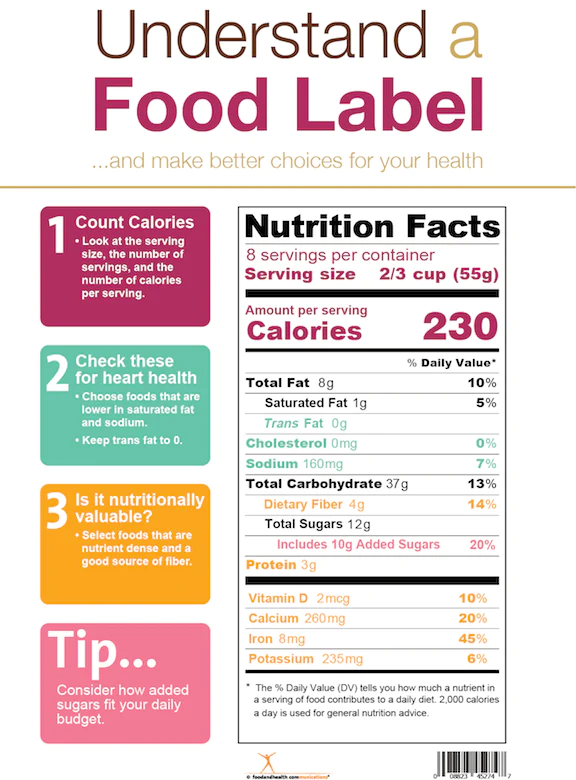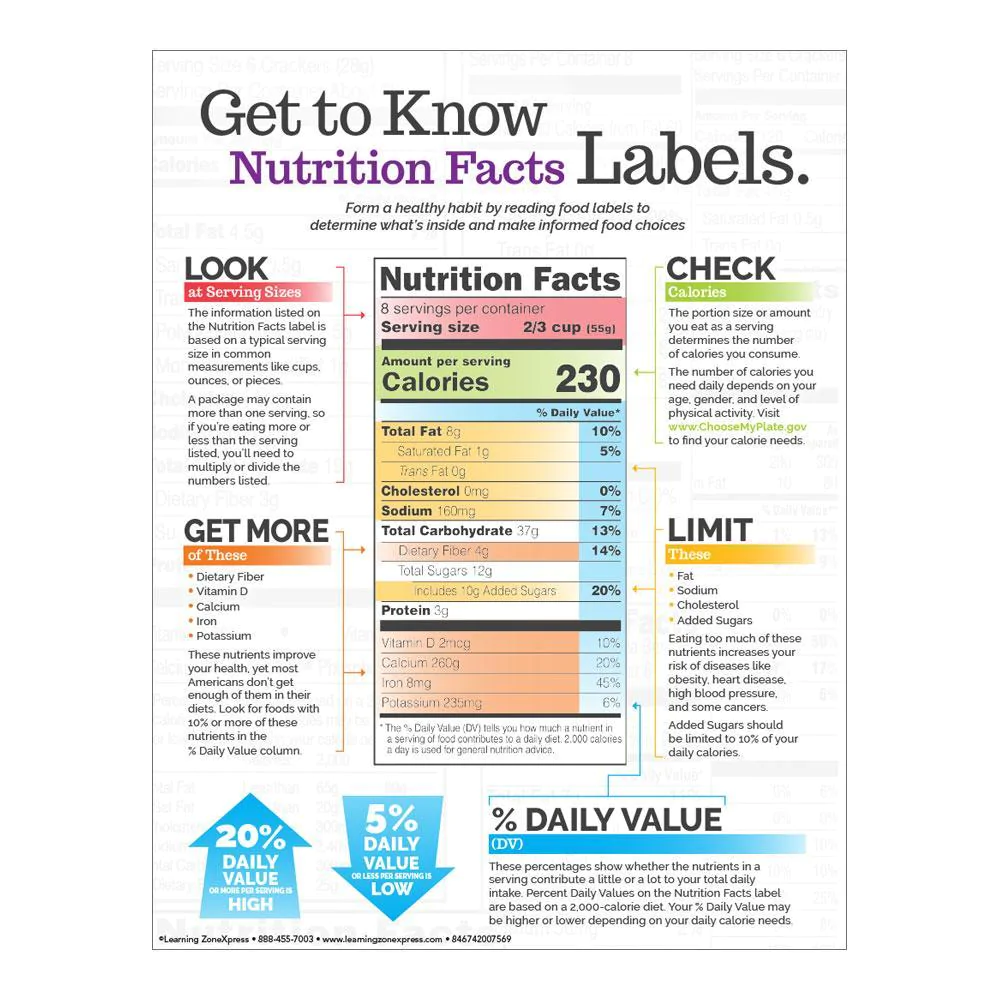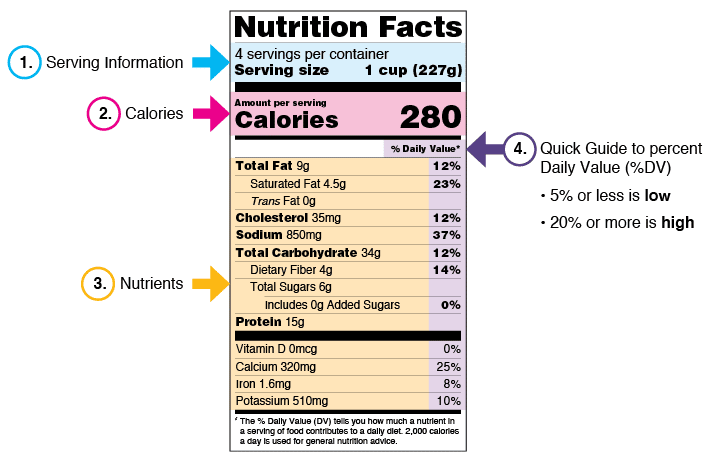Introduction
Are you struggling to make healthy dietary choices? If so, learning how to use the Nutrition Facts Label can be an invaluable tool. The FDA-mandated label provides complete information about a food’s nutrient content in handy and easy-to-understand format. It is designed to help educated consumers determine exactly what they’re consuming—whether it’s processed foods or natural, organic ingredients—so that they can more easily make informed decisions on their nutrition intake!
With this blog post, we’ll demonstrate how to navigate the different sections of the label in order to properly assess whether or not any given product aligns with your lifestyle goals. Whether you are trying to lose weight, feed a family of picky eaters healthfully, have special dietary needs, or simply want accurate information on what goes into your body; learning reliable nutrition facts from labels will empower you with knowledge!.

A Nutrition Facts Label
The Label Provides Nutritional Value
Compare Calories

Reading A Nutrition Label
Check The Serving Size
Check The Ingredients List
The second step is to check the ingredients list. This is important because it tells you what exactly went into making a food item. All ingredients will be listed in order of predominance by weight, options about important to note that the number of calories and other nutrients listed on the label are for one serving, not the entire package.
Choose Products Lower In Saturated Fats
Check The Nutrient Content

How to Use and Understand the Nutrition Label
Reading The Nutrition Facts Label Can Help You Make Healthier Food Choices
The Nutrition Facts Label can help you choose serving sizes, lower calories, healthy fats, and foods with minimum sodium. It can also help you choose foods with higher nutrients, such as fiber and protein. Reading the Nutrition Facts Label can help you make healthier food choices and stay within your daily calorie goals.
It can also give you an idea of the number of calories, fat, saturated fat, sugar, and sodium in a product. So if you’re trying to limit certain nutrients such as sugar or fat in your diet, looking at the label can help you make healthier food choices. You can stay healthy and reach your goals by ensuring your diet includes foods with the appropriate nutrients.
Five Tips When Using The Nutrition Facts Label:
Paying Attention To The Calorie Numbers Is Important
These will tell you how much fat each serving is from saturated fat.
The Dietary Guidelines For Americans Recommends Limiting Sodium Intake To 2,300 Milligrams Daily
The % Daily Value
.

Conclusion
Share via:

